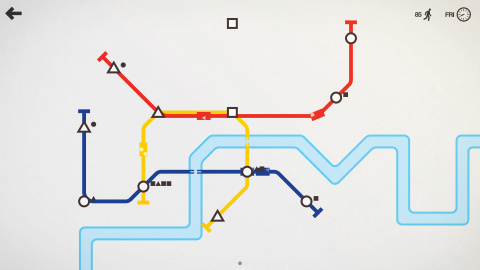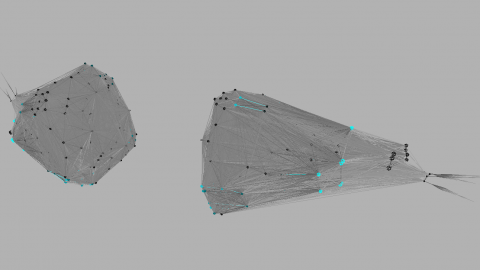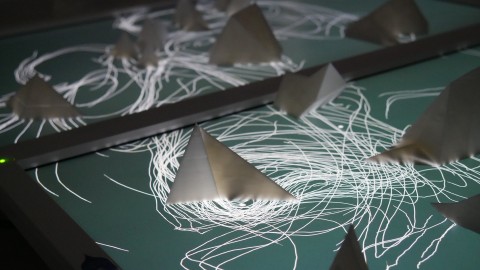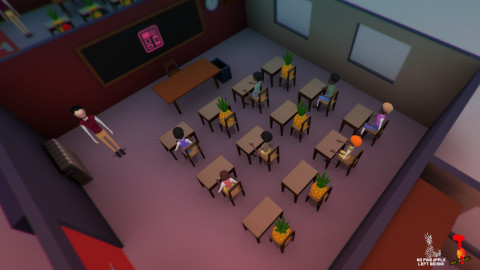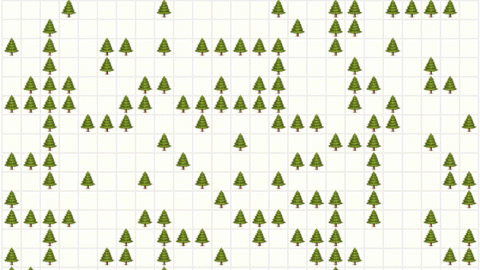
An election simulator shows you how everything went so wrong
Much of the public was left stunned in the wake of the November election in America. Beyond Clinton’s loss, despite winning the popular vote, many were shocked that the margin was close at all. While distrust and dislike of the electoral college is a fairly bipartisan issue, it is actually only one layer of what caused the election to go the way it did. The much larger systemic factor is the voting system we use, as demonstrated by Nicky Case’s To Build a Better Ballot, an interactive essay on alternative voting systems. One person, one vote, isn’t that the fairest?…
